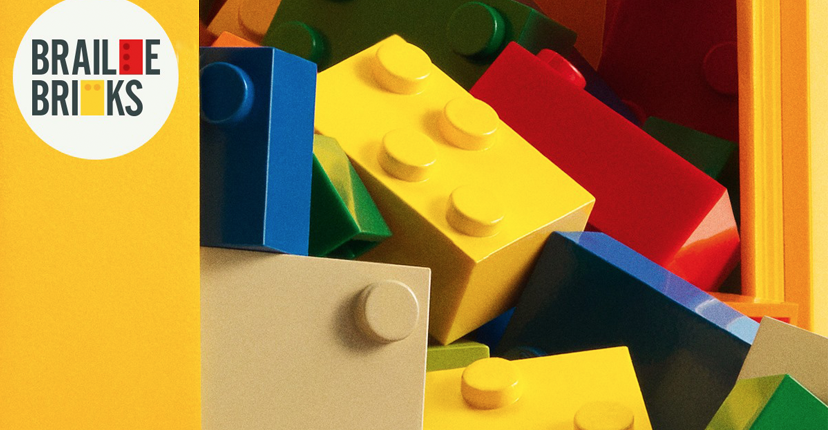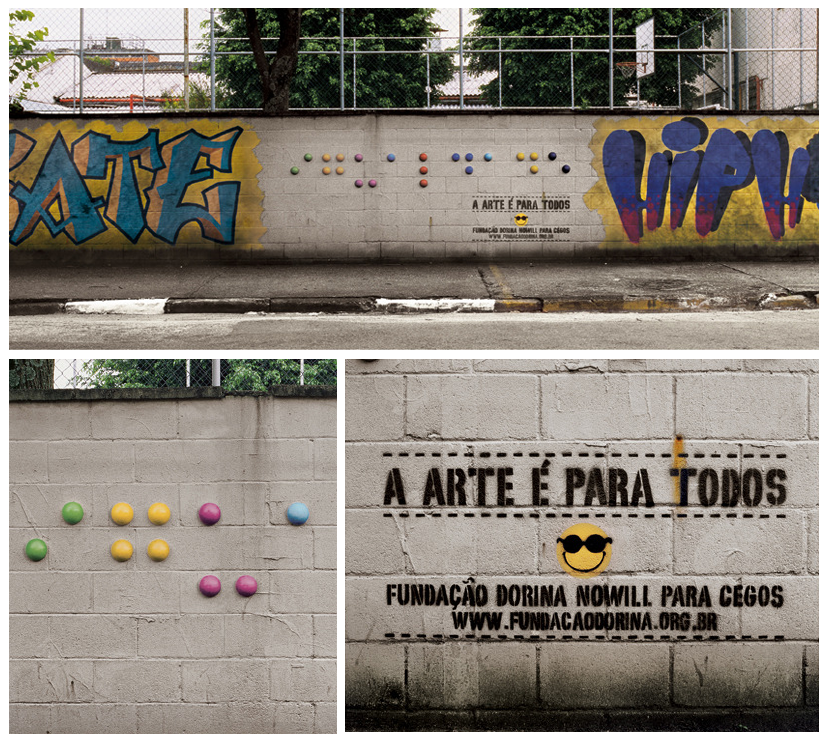To start this article, it’s worth mentioning a quote from Helen Keller, an American author, political activist, and lecturer; but also the first deafblind person to earn a bachelor of arts degree:
“Braille made it a pleasure for me to read… the world around me shone afresh with treasures”
With this inspiring thought, we begin our analysis of Braille Bricks, an alternative system for educating children with blindness. It first began in the Dorina Nowill Foundation in Brazil. A pedagogical method based on assembly blocks, similar like LEGOs (it is not the first time they has been used for this purpose) that stimulates creativity. The main idea of this tool is to help the blind form words, concepts and ideas. Each block is a unit that represents a braille character. When blocks are united consecutively each of these correspond to an alphanumeric character and simulate the result obtained from traditional writing.
For some historical context, Braille was born in 1829. It’s forerunner was developed by Charles Barbier, a soldier in Napoleon Bonaparte’s army. He devised a system of “night writing,” as it was first called, that allowed soldiers to read messages at night without a lamp, drastically reducing the risk of drawing enemy fire. It was a system of 12-dot cells that each represented a letter or phoneme. A few years later Louis Braille, a Frenchman who was blinded at a young age, refined Barbier’s system by cutting the number of dots in half, thus producing his well-known 3 by 2 cell.
Braille Bricks is the fantastic idea of Creative Commons, a nonprofit that works hand in hand with Fundação Dorina. They put together a collection of documentary videos showing the testimonials of users, educators and parents to tell the emotional and inspiring story of their product. Any company looking to humanize or sensitize a commercial product or service (which can generate better empathy with consumers) should take a page out of Creative Commons’ book. Their campaign gave Braille Bricks the emotional punch it deserves.
But it’s not only about the money, it’s also about effecting real social change. Braille Bricks is a product that seeks to have relevance in the emotional life of its consumers. With a strongly humanitarian direction, and a dedication to helping those in need, Creative Commons has done just that.
Let’s do BRAIN-DING!




You must be logged in to post a comment.